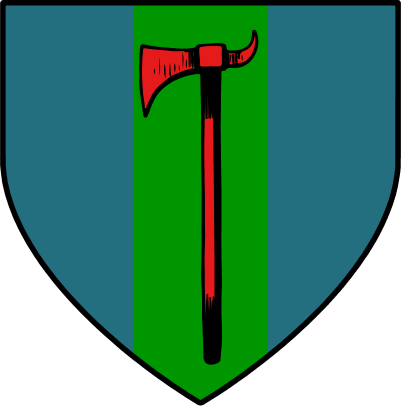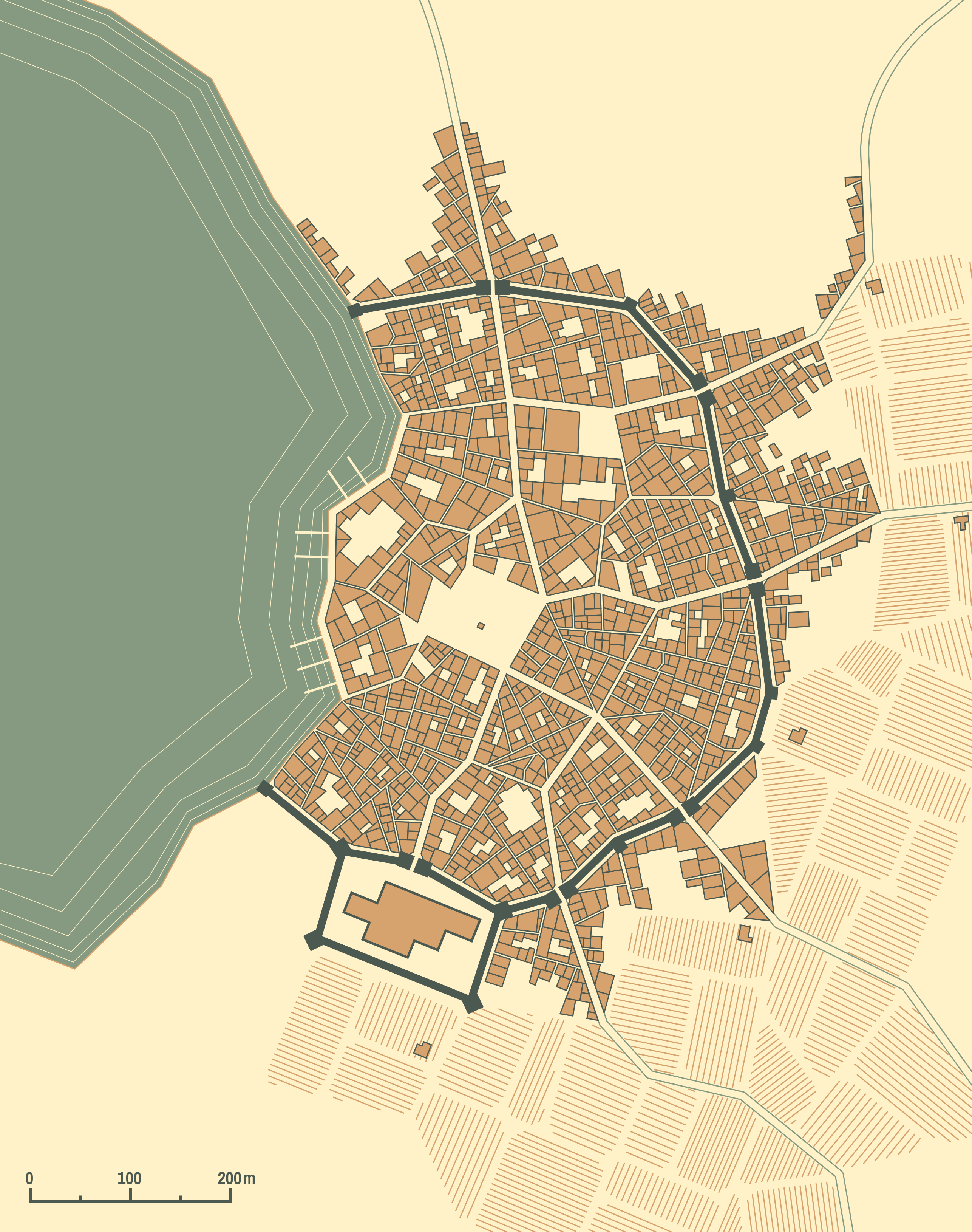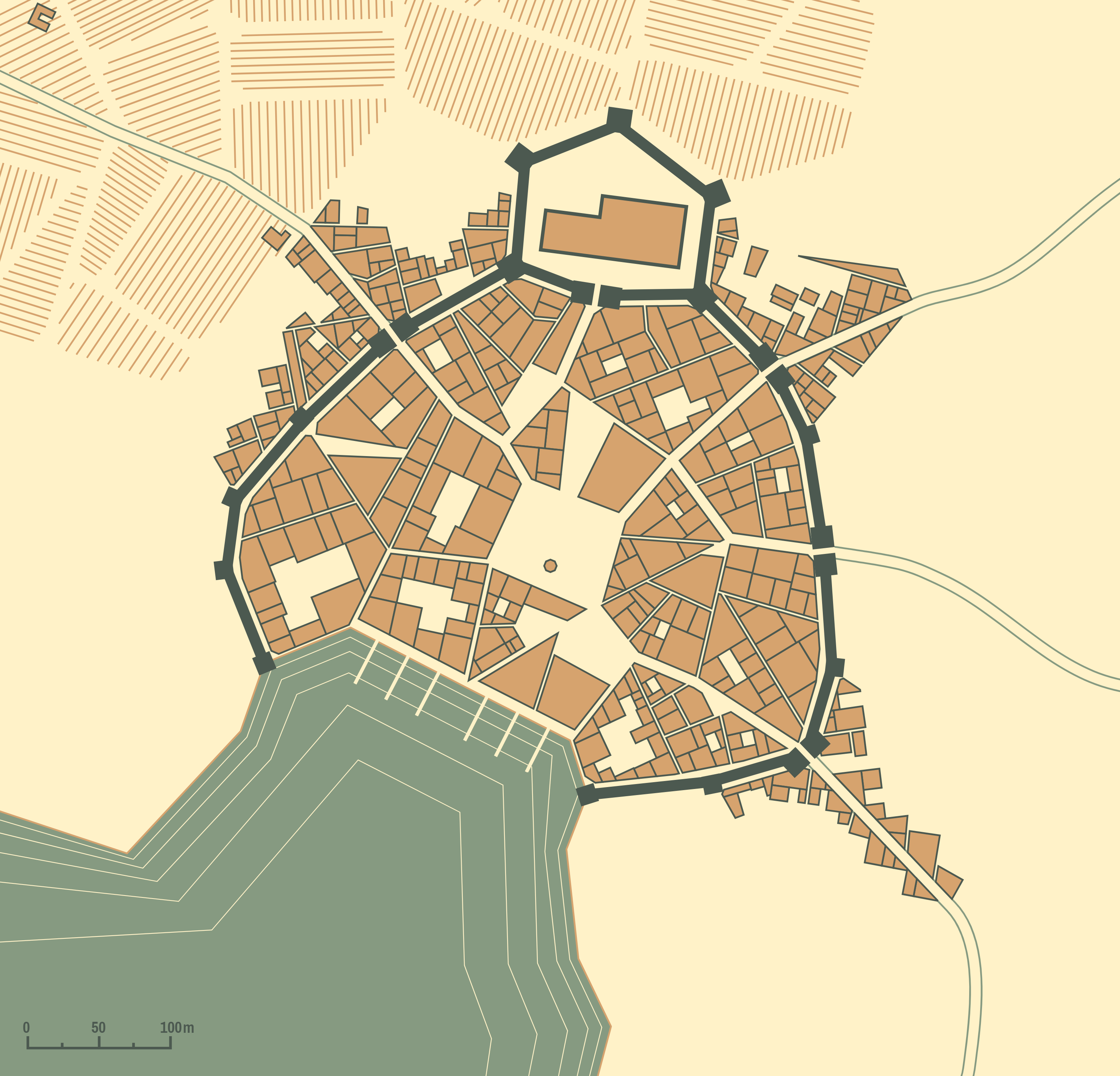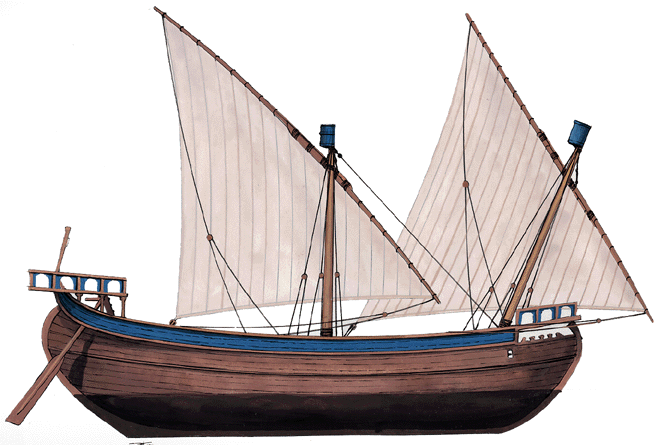Dalamus Ulom
Childe of Malkav
My current ideas and names for the various sects and variations of the Divine Mother/Goddess, told in the form of a brother-monk of the main religion, and with the most important parts emboldend. If you guys have any ideas/additions/etc. you'd like to add, I can include them into this list as well.
From the Various writings of the Materic Strofon Monk, Dorin Righund
Matericisim: The original version of our glorious religion, it considers their main focus of worship to be multiple aspects of a single goddess, often referred to as "The Great Mother", "The Mother", or "The Goddess", while her other aspects are referred to with various other and usually colloquial names, symbolizing their minor importance to the faith. The church is almost exclusively female led, with a few minor male sects which are usually isolationist monks which are referred to as Strofons or brothers who serve special services, such as the handle and preparation of the dead for nearly anyone of any religion, even if they were the most vile of heathens. The Materic church is lead by the Mitera, which is always a woman priest chosen from among the high priests. Currently, there has never been a male Mitera, nor one that was not born to a family of high station or wealth.
Northern Orthodox Collectivism / Northodox: Considered the first split from Matericisim, Northern Orthodox Collectivism, more commonly known as Orthodox or Northodox, is a variation of the parent religion that believes the Great Mother and her many identities are actually a massive pantheon of gods and goddesses, each with their own individual divinities and worshipers that are ruled by The Holy Queen. Outside of this glaring difference, the two religions are almost exactly the same, preforming the same ceremonies and feasts on roughly the same days of the year. The religion is believed to have been started by an ex-northern tribesman turned monk, who wished to entice his pagan fellows to worship the Great Mother, only to be pushed, subjugated, punished, and finally excommunicated by The Mitera at the time. This event is commonly referred to as The Great Fracture. In response, the tribesmen the monk had converted raised him as the first Antiheto, and the rest, as they say, is history. The Antiheto has passed to both men and women, with something like a 55% to 45% split between the two, but much like the Materic Church, the title has rarely passed to someone of lower birth or station. Up to this day, the Materic church has attempted a number of exercises and actions to repair the fracture between the two religions, with little to no success.
The Church of the Chosen of Janus / Janites: The Church of the Chosen of Janus is largely considered a cult by the wider denizens of the land due to their odd beliefs and culture, but are a relatively friendly group to both fellow worshipers and non worshipers alike. The main belief structure of the Janites as set down by their founder Janus Springan is that where some view The Great Mother as simply one of many gods, or as the single god of many versions, they believe she is a literally many faced god, as in many faces and bodies on one head and body. The Janites also believe in two personalities that most other variations do not, namely that of Janus, The Lord of Sellswords and Gorrik, The Torturer King. The Final marked difference between the Janites and other Materistic religions is the belief that if ones deeds become legend across the land, be they good or ill, then they will also join with the Many Faced God as a new face. This variation is almost exclusively worshiped by the minor house House Springan of Rima.
Patericism: Considered a filthy heathen degradation of every form of Matericisim by almost everybody, the Hatikis of the Burning Gate believe that The Great Mother isn't The Great Mother, but rather a Great Father. Obviously, this is simply madness caused by their eastermen blood and the harsh sun of the Burning Gates.
From the Various writings of the Materic Strofon Monk, Dorin Righund
Matericisim: The original version of our glorious religion, it considers their main focus of worship to be multiple aspects of a single goddess, often referred to as "The Great Mother", "The Mother", or "The Goddess", while her other aspects are referred to with various other and usually colloquial names, symbolizing their minor importance to the faith. The church is almost exclusively female led, with a few minor male sects which are usually isolationist monks which are referred to as Strofons or brothers who serve special services, such as the handle and preparation of the dead for nearly anyone of any religion, even if they were the most vile of heathens. The Materic church is lead by the Mitera, which is always a woman priest chosen from among the high priests. Currently, there has never been a male Mitera, nor one that was not born to a family of high station or wealth.
Northern Orthodox Collectivism / Northodox: Considered the first split from Matericisim, Northern Orthodox Collectivism, more commonly known as Orthodox or Northodox, is a variation of the parent religion that believes the Great Mother and her many identities are actually a massive pantheon of gods and goddesses, each with their own individual divinities and worshipers that are ruled by The Holy Queen. Outside of this glaring difference, the two religions are almost exactly the same, preforming the same ceremonies and feasts on roughly the same days of the year. The religion is believed to have been started by an ex-northern tribesman turned monk, who wished to entice his pagan fellows to worship the Great Mother, only to be pushed, subjugated, punished, and finally excommunicated by The Mitera at the time. This event is commonly referred to as The Great Fracture. In response, the tribesmen the monk had converted raised him as the first Antiheto, and the rest, as they say, is history. The Antiheto has passed to both men and women, with something like a 55% to 45% split between the two, but much like the Materic Church, the title has rarely passed to someone of lower birth or station. Up to this day, the Materic church has attempted a number of exercises and actions to repair the fracture between the two religions, with little to no success.
The Church of the Chosen of Janus / Janites: The Church of the Chosen of Janus is largely considered a cult by the wider denizens of the land due to their odd beliefs and culture, but are a relatively friendly group to both fellow worshipers and non worshipers alike. The main belief structure of the Janites as set down by their founder Janus Springan is that where some view The Great Mother as simply one of many gods, or as the single god of many versions, they believe she is a literally many faced god, as in many faces and bodies on one head and body. The Janites also believe in two personalities that most other variations do not, namely that of Janus, The Lord of Sellswords and Gorrik, The Torturer King. The Final marked difference between the Janites and other Materistic religions is the belief that if ones deeds become legend across the land, be they good or ill, then they will also join with the Many Faced God as a new face. This variation is almost exclusively worshiped by the minor house House Springan of Rima.
Patericism: Considered a filthy heathen degradation of every form of Matericisim by almost everybody, the Hatikis of the Burning Gate believe that The Great Mother isn't The Great Mother, but rather a Great Father. Obviously, this is simply madness caused by their eastermen blood and the harsh sun of the Burning Gates.
Last edited:





